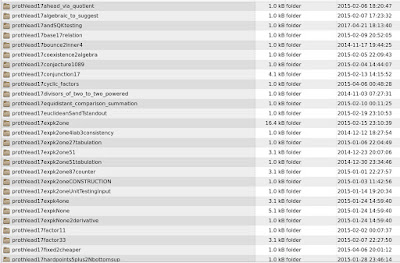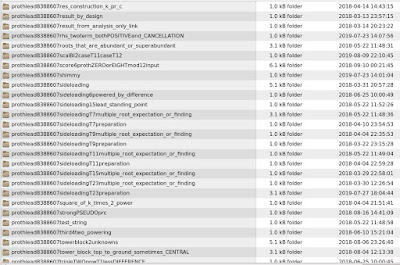


How do I organise directories in a mass of say 500 or 1000 directories? Starting off with fixed so prothleadNNNNNN (Example: prothlead8388607)
If/when I find something interesting, and think its worth generalising, then I just replace the NNNNNN number with a short sequence of characters.
They have no meaning generally, just a way of making things stand out in a mass of directories.
What you can see from the final image 'prSAL' is how I labelled the prothlead8388607 directories after I generalised away from just the t=23 case. It helped to quickly think up something short - just a way of less typing at the time.
I could still be writing prothlead8388607 today but it just felt like too much and so i found a shorter thing that just occurred to me at the time. ( pretty arbitrary )
I could keep posting screenshots until I had 10 images on screen here to show the problem in hunting around in Proth numbers over a period of 7 years and keeping things organised in directories!

